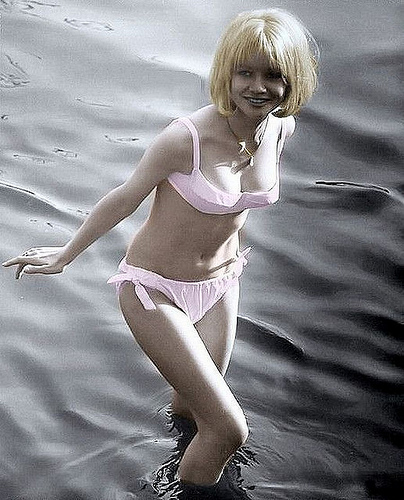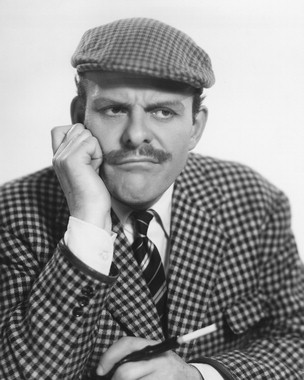|
Donald E. Westlake (under the byline Richard Stark) wrote 24 novels about hard-bitten criminal Parker. Many of the Parker books have been adapted into films, but for some reason, none of these films have ever used the name "Parker" for their protagonists. In John Boorman's Point Blank (1967), Lee Marvin was called "Walker"; Jim Brown was "McClain" in The Split (1968); Peter Coyote was "Stone" in Slayground (1983), and Mel Gibson was "Porter" in Payback (1999). There was even a female incarnation of Parker: Anna Karina played "Paula Nelson" in Jean-Luc Godard's Made in USA (1966). Who knows why the various filmmakers decided to change the main character's name from Parker; perhaps they didn't want a hint of any connection to the other (rival studio) films? Or perhaps they were just continuing the tried-and-true Hollywood policy of reckless disregard for the source material. In any case, The Outfit (based off the 3rd Parker novel) continued this trend, with Robert Duvall as Earl Macklin, fresh out of prison and targeted for a hit by the Mob. "That spring, we were all watching the events in space and wondering what the final effect would be...when the effect came, it was almost unnoticed, because it happened to such a small and insignificant form of life..." ~ opening narration from Phase IV  The rather misleading and lurid poster. When the citizens of a small desert town in Arizona begin evacuating their homes due to what seems like an ant invasion, British scientist Dr. Ernest Hubbs (Nigel Davenport), begins investigating. He notices a peculiar phenomenon: different species of ants have suddenly stopped fighting and have begun working together, slowly eliminating their natural predators (like spiders, mantises and lizards) and building strange, towering dirt obelisks. Intrigued, Hubbs uses government grant funds to build a research dome in the area, and calls in younger mathematics student James Lesko (Michael Murphy) to help find patterns in the ants' unusual behavior. The scientists meet with the only residents still in the region, local farming family the Eldridges. James catches the eye of their winsome granddaughter, Kendra (Lynne Frederick), and Hubbs gives them a government-sanctioned order to move out as soon as possible.  Days go by without any overt activity from the ants, so Hubbs decides to provoke things by blowing up their tower constructions. Needless to say, they respond in a hostile manner. Soon the Eldridges are dead, except for Kendra, who survives the ant attack and is brought into the research dome by James. Their jeep destroyed, all communication lines severed and the dome's air-conditioning units sabotaged, the surviving humans find themselves in a battle of wits against an insect enemy that is not only showing signs of extreme, unnatural intelligence, but seems to be trying to communicate with them. But to what purpose? Inspired by my pal Clayton’s recent reviews of Italian sword-and-sandal films (known as peplums or pepla, from the togas worn by the ancient Romans) at his Claytonology blog, I decided to check out one of the few films of this type in my collection, Giant of Marathon (La battaglia di Maratona, also known as The Battle of Marathon). Expecting some cheesy fun, I was surprised to get quite a respectable historical adventure film, with plenty of romance, intrigue and big-scale, violent action.
For decades, On Her Majesty's Secret Service (hereafter OHMSS), the sixth 007 film and the first without Sean Connery, was treated as the red-headed stepchild of the series. Gradually, over the years, its reputation has increased, until it’s now considered one of the best of all Bond films. I think it’s THE best...and here are some of my reasons why. It’s made, and set, in the 60s, where Bond belongs  As much as I love parts of later Bond films (or all, in some cases - for example, 2006's Casino Royale), to me, Bond belongs in the 1960s. Not only was that decade the height of the Bond craze (which in turn spawned the spy craze in movies, TV and comics), but it's a time that just feels right for the character. Bond (especially in the movies) is a creature of excess, and the Bond films, with their emphasis on hedonism, fashion and globe-hopping, fit right into that 60s aesthetic. OHMSS came out in 1969, at the apex of the decade, and acts as a capper to a magical six film run. Things would never quite be the same for 007 again.  Capt. Richard Lance (Gregory Peck) is a strict, by-the-book cavalry officer, unloved but respected by his men for his leadership and survival skills. Leading an expedition to the ironically-named Ft. Invincible, which guards a narrow pass through the mountains, Lance finds the troops there massacred by renegade Apache chief Tucsos and his men. Lance captures Tucsos and insists on bringing him back to Fort Winston to stand trial, against the advice of crusty scout Joe Harmony (Jeff Corey). Fort Winston’s ailing commander, Col. Drumm, worried that the fort is unprepared for an assault by Tucsos men, orders a detail to escort the Apache chief further north. Lance plans to lead the (likely suicidal) escort himself, and goes to bid farewell to his intended, Cathy Eversham (Barbara Payton). Lance’s best friend Capt. Holloway (Gig Young) also loves Cathy, and following the dictum "all's fair in love and war", is also making a play for her hand. Col. Drumm orders Lance to stay and command the fort and send Holloway in his place. Of course, Tucsos’ braves free him and torture and kill Holloway. Joe and a few other men return with Holloway’s body, and soon the whole fort thinks Lance sent Holloway to his death in his place out of cowardice. Cathy thinks Lance acted out of jealousy, and calls off their engagement.  I like it when a movie opens with a helpful map. Lance comes up with a plan to possibly delay an attack on the fort until a complement of relief troops arrive in 5 days. He picks seven men, most of whom hate his guts, all men he thinks can be best spared from guarding Fort Winston. These include an alcoholic Irish sergeant (Ward Bond); bullying Sgt. Murdoch (Neville Brand), who Lance has kept from promotion; a former Confederate who is being held for desertion of his cavalry post; a disgraced former West Point officer who has followed Lance into service looking for his best shot at revenge; a wild trooper commonly referred to as “the Arab” (Lon Chaney, Jr.); a cowardly young bugler; and a consumptive officer. Together with scout Joe Harmony, they head for the abandoned Ft. Invincible, with the hope of holding the nearby pass against Tucsos and his men until reinforcements arrive. It’s a daring and suicidal gambit that becomes increasingly hazardous for Capt. Lance. With the fort baking under a pitiless desert sun, a dwindling water supply, and the merciless Apache threat looming, the men begrudgingly come to realize that Lance is their best hope for survival. But will his plan be enough to stave off an attack against overwhelming odds? And will the men be able to put aside their hatred of Lance to work together as a team, or will they sacrifice their own lives to fulfill their revenge? "This movie is so real it makes every other movie in this town look like a movie." - The Laughing Policeman tag-line San Francisco, early 70s. A sweaty, middle-aged man is in a bus station. He knows he’s being watched by a tall younger man. He makes a call at a pay phone, then boards a bus. He seems nervous. The tall watcher follows him onto the bus. Later, another man gets on the bus. We only see his gloved hands. He’s carrying a leather valise. He takes a seat in the back of the bus. Methodically, the gloved hands begin to take parts out of the valise and put together a submachine gun. While the bus tools its way past Chinatown, the glove-handed man stands up and raises the machine gun. The middle-aged guy screams out “No, not yet!”
BRAAAATTT ATAT TAT TAT! The killer massacres everyone on the bus, the middle-aged guy first. He kills a young nurse, an Asian teenager, the bus driver, several others. He also kills the tall younger man. The bus rolls forward and crashes into a pole. The killer hastily makes his escape, not realizing that he left one victim, an old man, still alive. Just wanted to highlight my bro Clayton's blog. His site is a wide-ranging compendium of cool stuff, including all sorts of movie coverage, from Italian peplum to spaghetti westerns to chambara to little-seen foreign films, plus British TV reviews, tons of music links and videos, etc. He offers a truly unique and well-written perspective, and I recommend checking it out here.
I’m a big fan of most classic movie genres, but one that I’ve often struggled with over the years is the musical. I grew up despising them, especially the ubiquitous The Sound of Music. Nothing would send me scurrying out of the room, hands over my ears, faster than the opening refrain of “The hills are alive…” West Side Story? Forget about it. (Of course, it doesn’t help that I detest the Romeo & Juliet story in all its forms). It just always struck me as ridiculous to see - using but one old Hollywood example - a bunch of college football players suddenly break into a post-game song right in the middle of the locker room. As I’ve gotten older, I’ve matured a bit, to the point where I can watch most musicals without retching…in fact, I’ve grown to not only tolerate them, but even enjoy them to a certain extent. I certainly love the splashy colors and elaborate choreography of most 50s and 60s musicals, and even appreciate some of the songs (especially the lyrics, which are often clever and witty). I’ve even grown fond of my longtime cinematic bete noire, The Sound of Music. Watching it on Blu-Ray recently with my wife, I was surprised just how entertained I was. Of course, what I found entertaining was what I call the “regular movie” parts…in other words, the non-singing ones. I still found myself rolling my eyes when the music would rise and perennially cheery Julie Andrews would start to belt out another tune. “Oh God, here we go again…” 1939 has long been regarded as an amazing year for movies…the gold standard against which all other years of Hollywood's output are compared. 1939 also happened to be a banner year for the great character actor Thomas Mitchell (1892-1962). Perhaps best known today for playing the lovable yet absent-minded Uncle Billy in the Frank Capra classic It’s a Wonderful Life (1947), Mitchell featured in meaty roles in five - count ‘em, five! - all-time classics in 1939. It’s a marvelous string of performances, working for a virtual "Who’s Who" gallery of great directors, each made in a quick, sustained succession that few actors could ever dream of matching. |
Videophilia!
Opinionated ramblings about new and old movies (mostly old, as that's the way I like 'em!) Blogs of Note
Stuart Galbraith IV's World Cinema Paradise
Movie Morlocks (TCM's Classic Movie Blog) 50 Westerns from the 50s Riding the High Country Sweet Freedom Tipping My Fedora Thrilling Days of Yesteryear Silver Screenings Laura's Miscellaneous Musings Classic TV and Film Cafe Just a Cineast She Blogged By Night Chess, Comics, Crosswords, Books, Music, Cinema Out of the Past - A Classic Film Blog Pretty Sinister Books They Don't Make 'Em Like They Used To In So Many Words... Greenbriar Picture Shows Flix Chatter My Love of Old Hollywood Tales of the Easily Distracted Another Old Movie Blog Lasso the Movies Kevin's Movie Corner Films From Beyond the Time Barrier Carole & Co. Rupert Pupkin Speaks Caftan Woman Vienna's Classic Hollywood The Lady Eve's Reel Life ClassicBecky's Brain Food Hey!
Be sure to subscribe to the RSS feed below, to be informed of new postings! Categories
All
Archives
September 2015
|


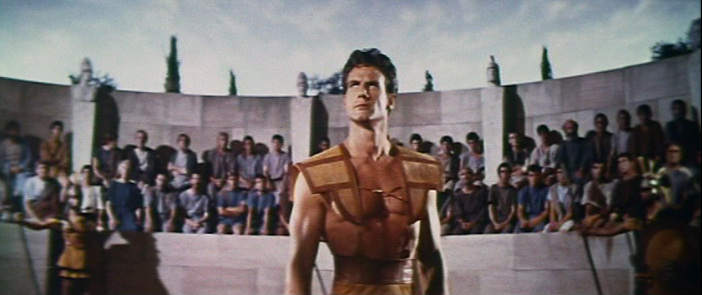







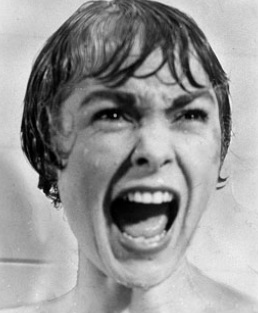


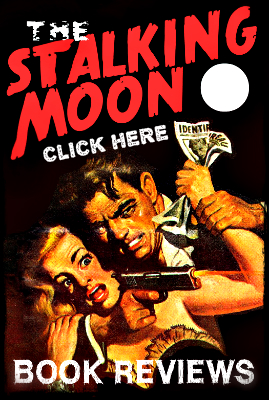

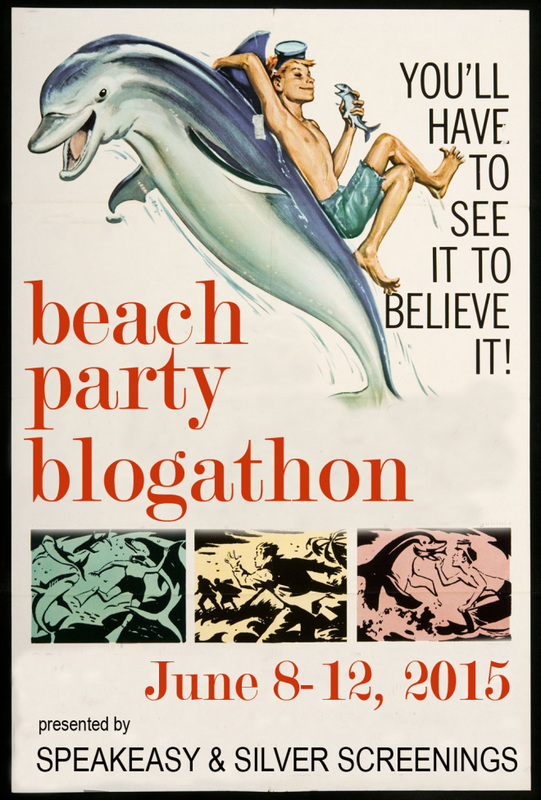
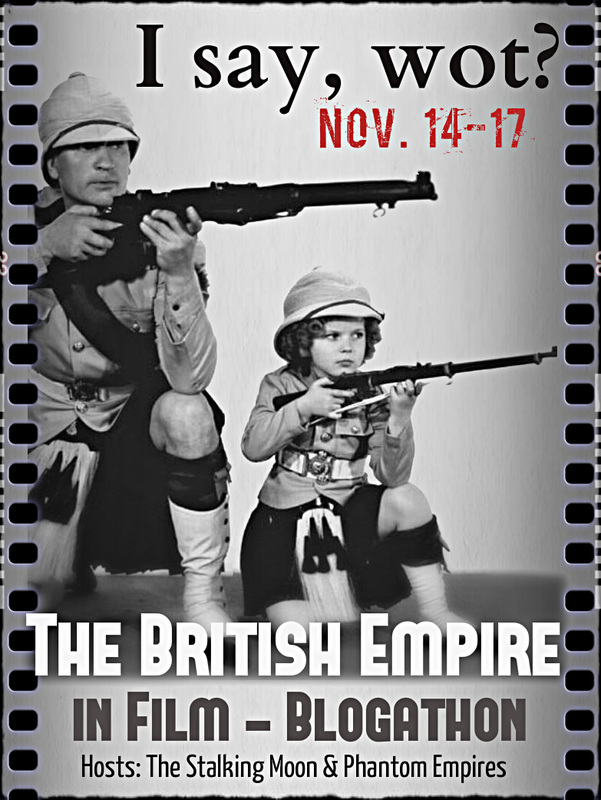


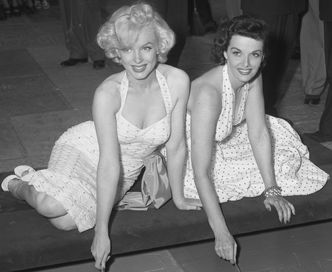
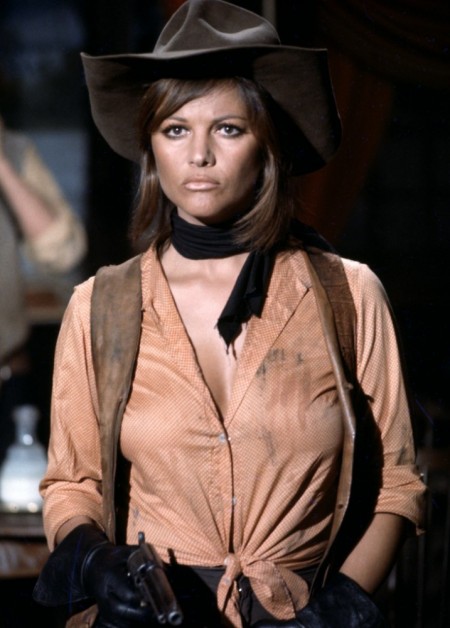























 RSS Feed
RSS Feed




